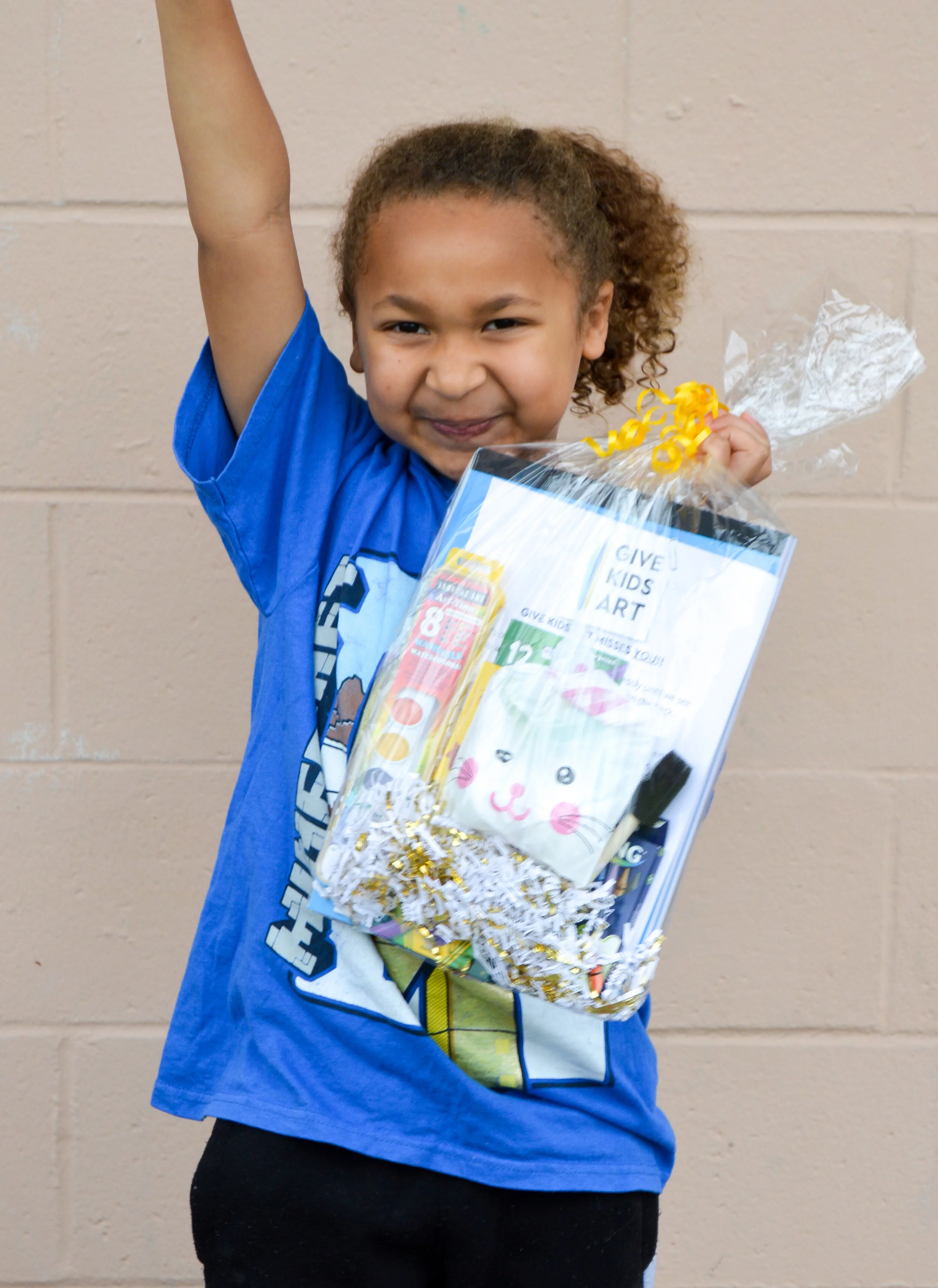A playful, three-step art activity that helps kids explore their feelings, imagine what powers them, and dream up the places they want to go.
We joined over 60 amazing organizations for a day of connection and creativity with the Natural History Museum. Read about how we shared a little Give Kids Art magic through one of our favorite activities.
We are thrilled to announce the launch of our Sponsorship Program at Give Kids Art! Over the years, with a dedicated team and the generosity of individual donors, we've brought the healing power of art to thousands of children. Now, we're ready to expand our reach and impact even more young lives.
Follow along as we guide you through a journalling version of our beloved “What’s In Your Heart?” activity!











































